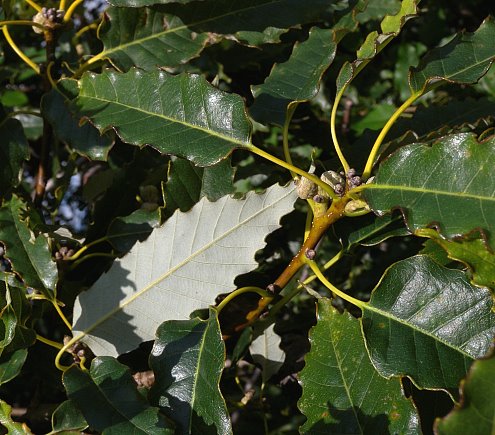chinkapin oak tree facts
They documented trees 2-3 feet in diameter and 65 feet tall. Very rarely in nature does a disease like the chestnut blight kill 100 of a population.
Enh 710 St552 Quercus Muehlenbergii Chinkapin Oak
These small oaks are said to have more palatable acorns than other oaks and will be very attractive to wildlife.
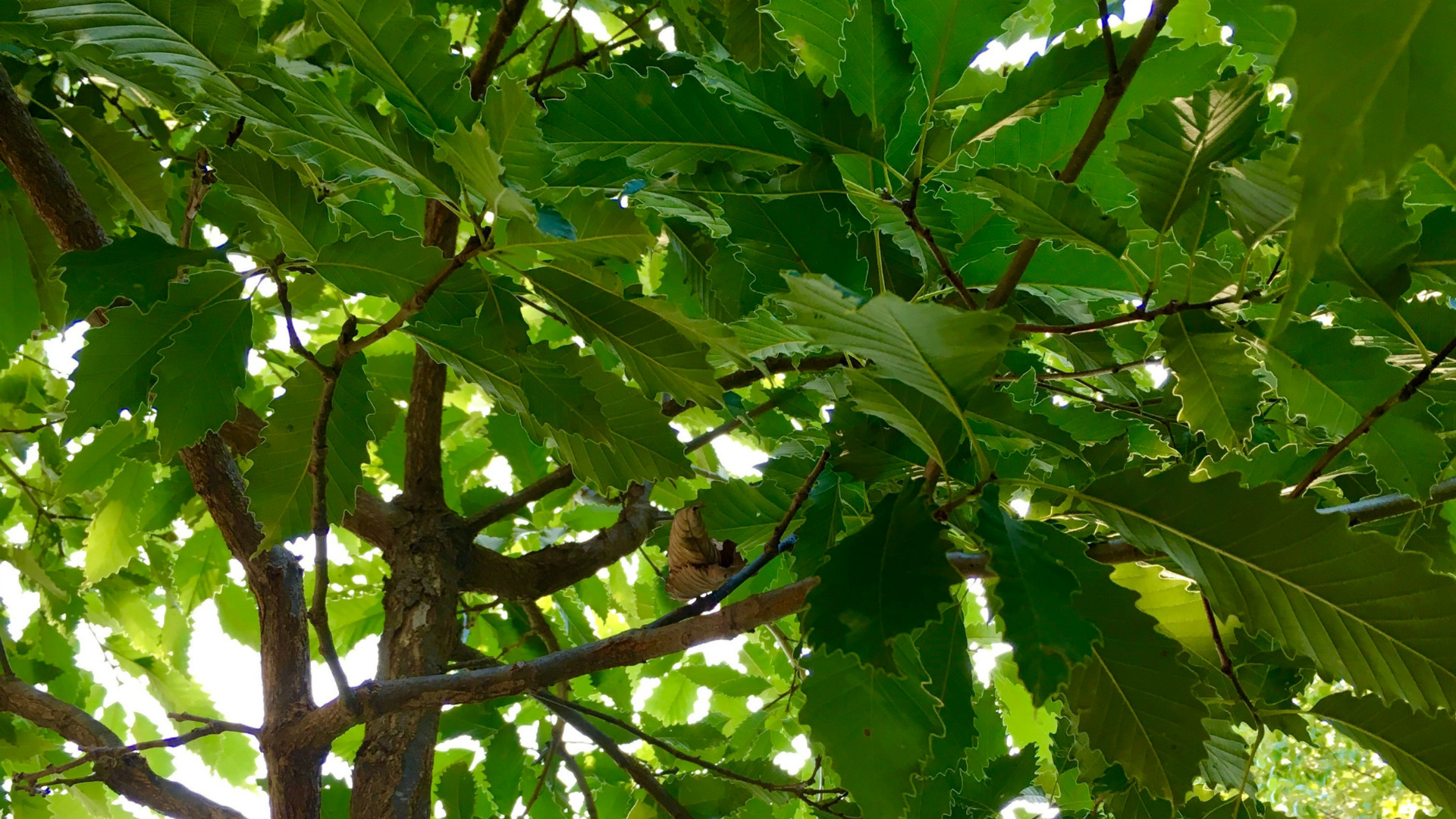
. Its glossy coarsely-toothed leaves are yellow-green and small compared to most oaks. Native habitat. Yields 1 round acorns that mature in the first year.
In the wild it grows on dry bluffs and limestone outcrops as well as ridge tops and rocky south-facing slopes. 40 - 50 feet tall. I love that most will carry their leaves through the winter making great late.
It seldom grows in size or abundance to be commercially important but the heavy wood makes excellent fuel. The dwarf chinkapin oak Quercus prinoides is also known as scrub chestnut oak a small shrub that grows 2 to 10 feet maximum 18 feet with a trunk diameter of 1 to 4 inches maximum 10 feet. It is sometimes thought of as a weed tree but it may be useful to bind soil along roadsides and rocky slopes.
40 - 50 feet wide. Properly done mudpacks can prevent an infected tree from dying of the blight. Which oak tree is the smallest.
14 rows Deciduous Tree Type. The chinkapins fruit is an interesting small bur covered nut. It ranges in elevation from sea level to about 4450 feet.
Grows in a rounded shape. Street tree planting width. It occurs in open areas and is tolerant of high heat.
It can be grown in a wide climate range and in tough locations. The bur has sharp spines 34 to 1 12 inches in diameter. Dwarf Chinkapin is a shrubbybush to small tree form oak that produces acorns in three to five years from a seedling and its usually just 3 making it one of the fastest acorn producing oaks you can grow.
Adapts to many soil conditions. Chinkapin oak a Central Texas native is a medium-sized tree reaching 40 to 50 feet tall and just as wide in most landscapes. New England to northeastern Mexico on limestone outcrops.
They will tolerate some shade and are hardy from zones 4 to 8. With enough room on an optimal growing site it can grow to a height of 60 feet and a spread of 60 feet at maturity. It tends to have an open rounded.
The acorn is sweet and edible. Zones 4 to 6. Chinkapin oaks are found on dry limestone outcrops in the wild and perform well in alkaline soils.
This might be my favorite oak but certainly one of my favorites. Chinkapin oak is named because of the resemblance of the leaves to the Allegheny chinquapin Castanea pumila a relative of American chestnut C. Mature Size generic.
Deciduous shade tree with a pyramidal growth pattern as a young tree becoming more rounded as the tree matures. Chinkapin occurs in the USDA plant hardiness zones 6 to 10. Chinkapin grows in droughty and well- drained sites on dry rocky sandy or loamy soils.
This is a low maintenance shade tree with a rounded habit. Large shade park golf course street tree. Forest cover types of the United States and Canada.
QuercusThe species was often called Quercus acuminata in older literatureQuercus muehlenbergii often misspelled as muhlenbergii is native to eastern and central North AmericaIt ranges from Vermont to Minnesota south to the Florida panhandle. Quercus muehlenbergii the chinkapin or chinquapin oak is a deciduous species of tree in the white oak group Quercus sect. As part of the group of white oaks they bear very pale white bark.
The narrow coarsely toothed leaves which differ from most oaks look more like chestnut leaves. Chinkapin oak Quercus muehlenbergii is not a very commonly grown landscape tree which is a pity because it makes a beautiful shade tree. Their trunks can grow to 3 feet 9 m in diameter.
The chinkapin oak can reach a height of 40 to 50 feet in the landscape and 70 to 80 feet in. Interesting facts Early pioneers used chinkapin oak fences so much that they went out for miles however once farming was down the fences. Features simple oblong to oblong-lanceolate leaves that are dark yellowish green coarsely toothed and 46½ in length.
An attractive oak with toothed leaves like those of a Chestnut tree. Often the burs form in clusters on stems but each bur contains a single. Not until after the 1930s-1940s is the term Ozark Chinquapin commonly used in tree books.
Deciduous forests of eastern North America. Dwarf Chinkapin Oak Quercus prinoides is a small tree or shrub averaging in size from 10 15 feet sometimes growing to 20 feet. Society of American Foresters Washington DC.
Alternate deciduous and simple coarsely toothed with 8 to 13 pairs teeth whitish pubescence below may have yellow orange or red Fall color Fruit. Chinkapin oak is native to the Midwest where it is often found as a specimen planting or as part of a grouping of trees in parks and large areas. Because this tree has a diverse range its form varies with location.
Fall color varies from yellow. Chinkapins are not small trees growing to 80 feet 24 m in the wild and 50 feet 15 m tall when cultivated. Chinkapins are native to this country growing naturally in the wild from New England to the Mexican border.
Chinkapin oak grows in various soil condition such as mildly acidic soil and alkaline soil dry and moist4.

Chinquapin Oak Tree Dallas Fannin Tree Farm Frisco Tx

Care For Chinkapin Trees Chinkapin Oak Information And Growing Tips

Chinquapin Oak Tree Dallas Fannin Tree Farm Frisco Tx

Chinkapin Oak Tree On The Tree Guide At Arborday Org
Chinkapin Oak Tree Knowledge Base Lookseek Com
Texas A M Forest Service Trees Of Texas List Of Trees
/chinkapin-oak-growing-guide-5202085-hero-349ff2a64aed416d96db090e9c96e6c9.jpg)
Chinkapin Oak Care And Growing Guide

Chinkapin Oak Natural Resource Stewardship
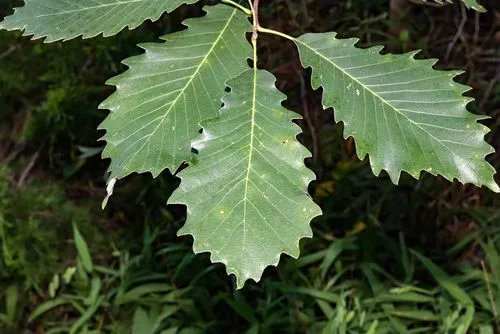
42 Interesting Chinkapin Oak Tree Facts Revealed
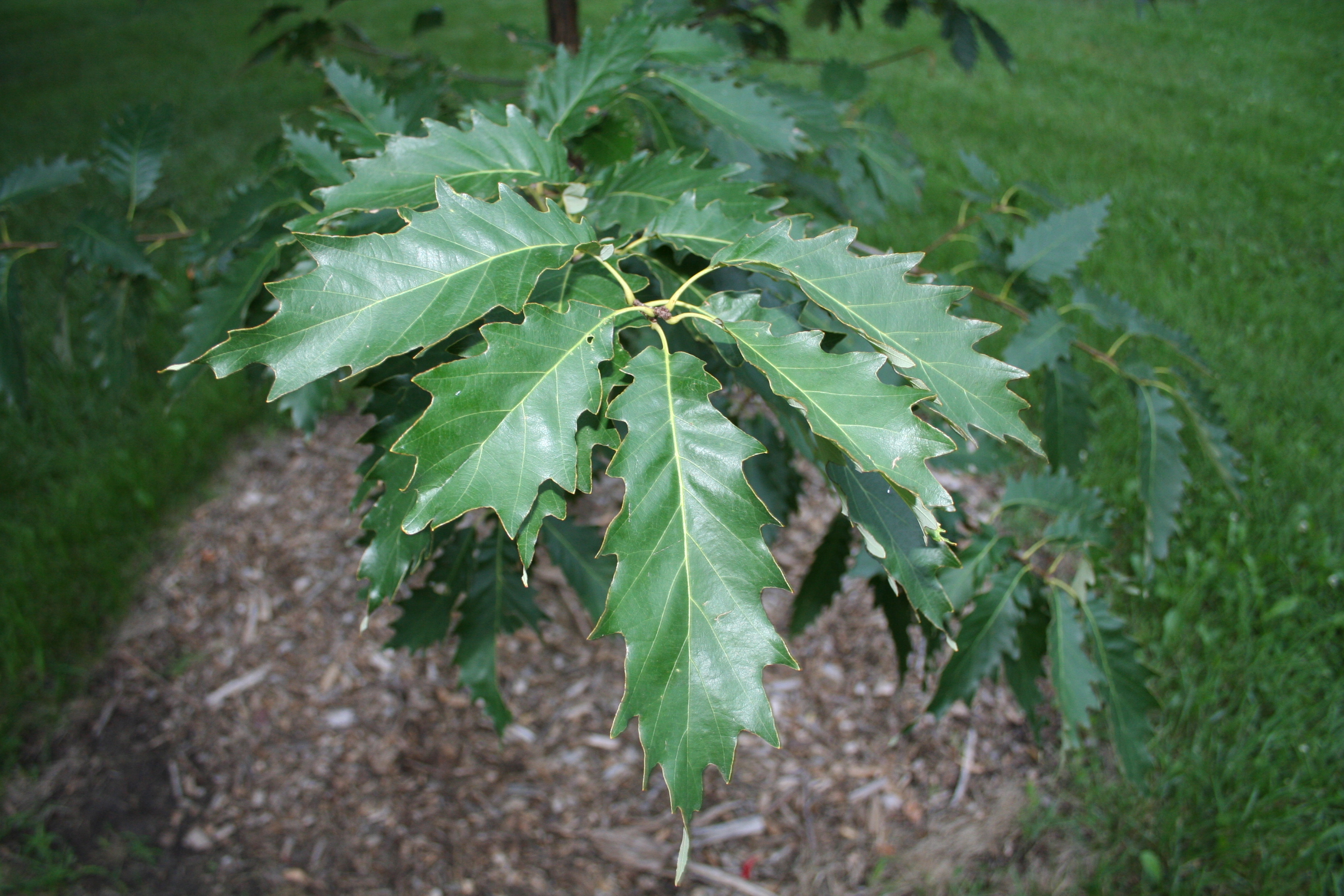
Oak Chinkapin Nebraska Forest Service
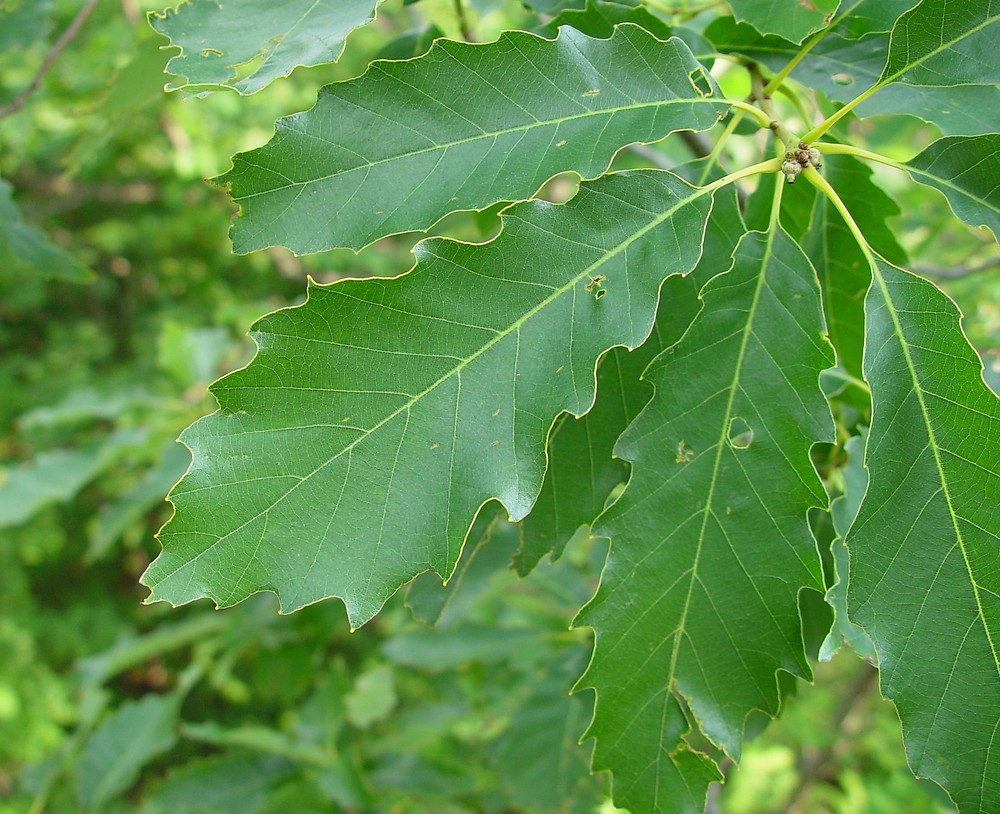
Quercus Muehlenbergii Chinkapin Oak Yellow Chestnut Oak Go Botany

Chinkapin Oak A Tree Of Many Uses Arbor Day Blog
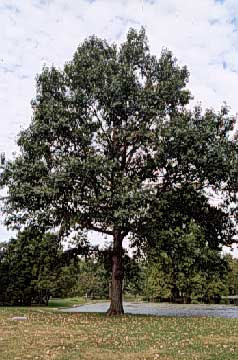
Chinkapin Oak Department Of Horticulture

Chinkapin Oak Tree On The Tree Guide At Arborday Org

Chinkapin Oak Natural Resource Stewardship
:max_bytes(150000):strip_icc()/chinkapin-oak-growing-guide-5202085-03-318dc783648c4c9db3db0635af31320c.jpg)
Chinkapin Oak Care And Growing Guide

